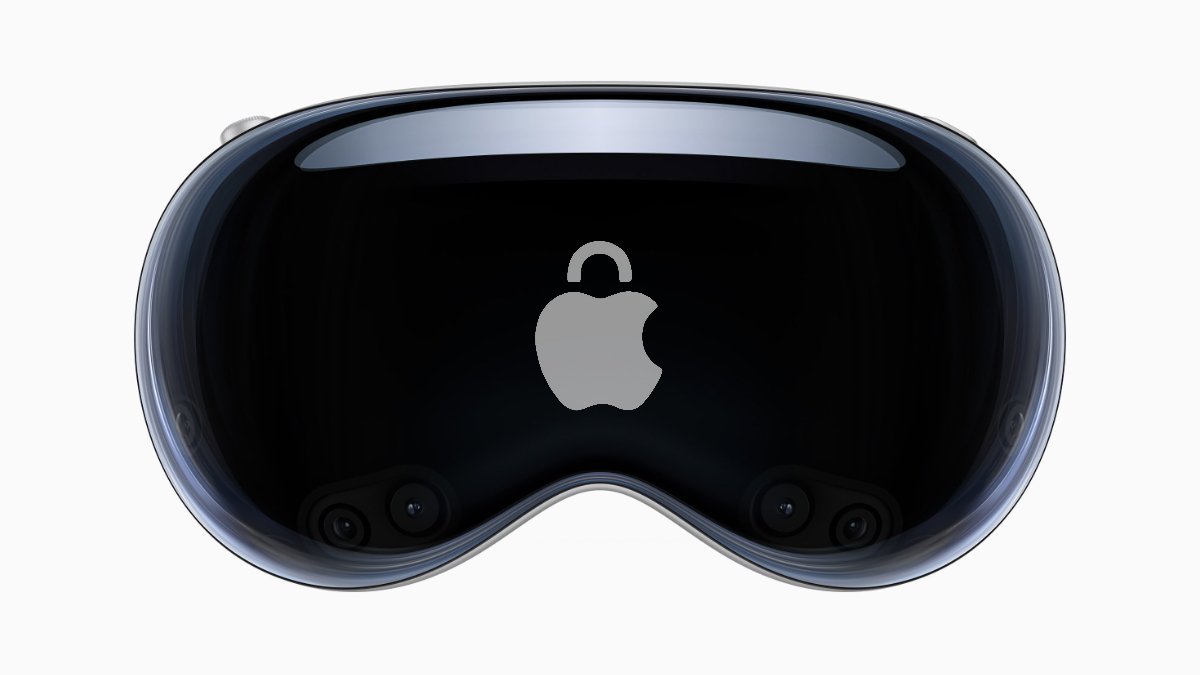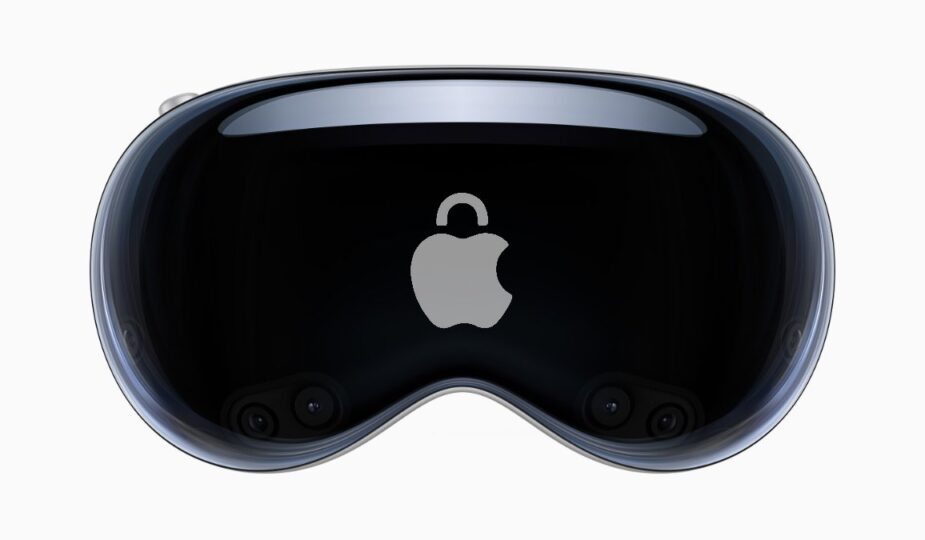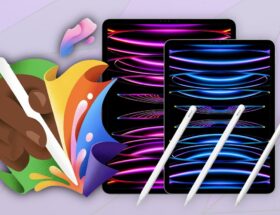Apple says Apple Vision Pro was designed with privacy in mind from the very beginning
 1 Facebook x.com Reddit
1 Facebook x.com Reddit
Apple has released details of the Apple Vision Pro's privacy measures, including preventing apps from sharing location data and even blocking the recording of hand gestures.
In the years leading up to the release of the Apple Vision Pro, Apple received more than 5,000 patents, and each of them will contain at least a mention of privacy.Apple has now published the Apple Vision Pro Privacy Overview, which summarizes all the steps taken to ensure the security of the device user's personal data.
Much of the document focuses on how Apple Vision Pro meets or exceeds Apple's existing privacy measures, such as requiring iPhone apps to include a “power privacy” label.
“In some cases, we have expanded these [privacy] features in VisionOS to meet the unique needs of Apple Vision Pro,” the document says. “For example, we've added three new types of data that apps can add to their nutrition privacy label in the App Store: information about head movement, hand movement, and your surroundings.”
It is noteworthy that Apple Vision Pro is much better able to register the user's surroundings than the iPhone. Both devices can determine location, but Apple Vision Pro is a whole series of cameras that capture the user's surroundings.
“The places where you use Apple Vision Pro, such as at home, often contain detailed information about your personal life,” Apple explains. “From the items on your desk to those in the room with you, data about your surroundings is protected by VisionOS.”
This is achieved through a “combination of camera and LiDAR data” that maps the surrounding area and stores that information exclusively on the device.
Apple Vision Pro apps must have your explicit permission before they can track hand movements
Similarly, while Apple Vision Pro is guided by what the user chooses Look, the application does not need to know that it is the user's focus. Instead, VisionOS can simply tell it to start.
“Apps don't tell you where you're looking because the content we look at and how long we watch it can reveal our thought process. VisionOS handles eye movements at the system level and won't share where you're looking , or your gaze, with apps or websites before interacting with the content.”
” As a result, apps and websites only know what content you select when you pinch your fingers, and not , something you look at but don't choose,” he concludes.
Separately, Apple previously detailed how an Apple Vision Pro owner can share their headset with a guest without them necessarily having to see any personal data of the owner.










